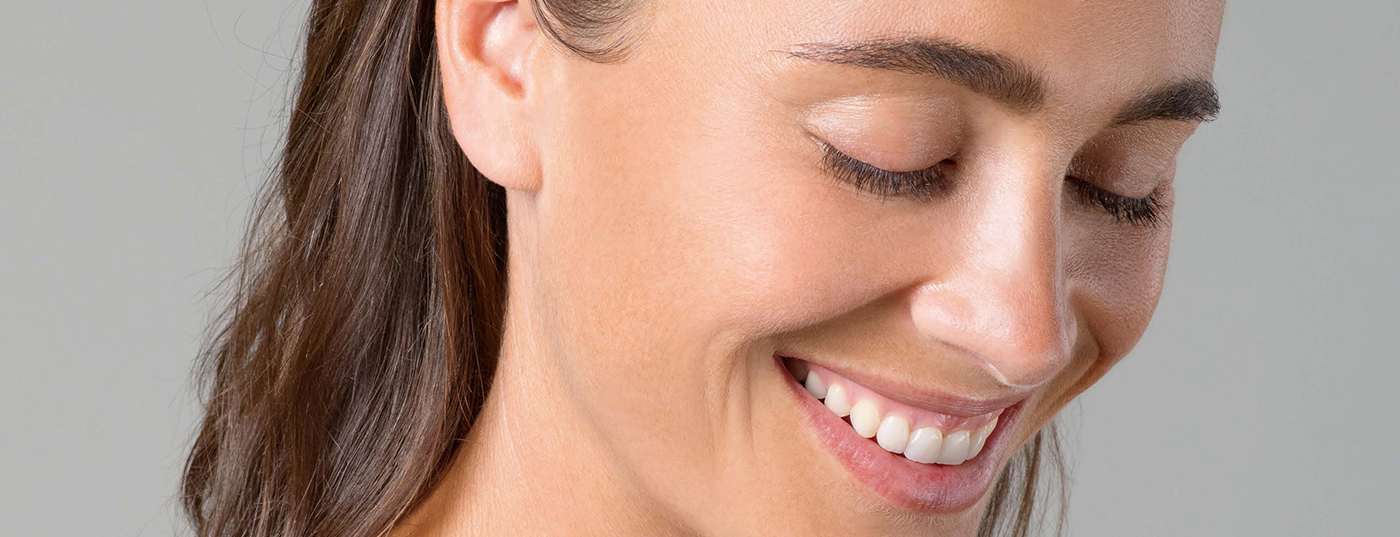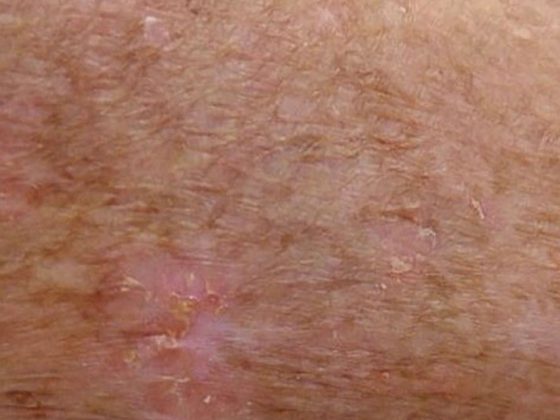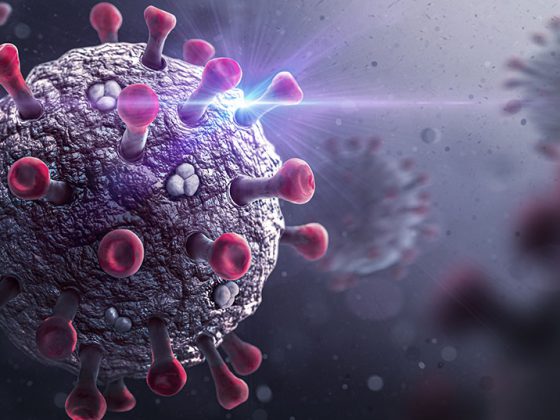juvenus™ is a polynucleotide product suitable for promoting physiological repair processes in the skin, thus tightening it, improving hydration as well as stimulating the activity of fibroblasts.
Skin tightening and rejuvenation is a goal that is at the heart of aesthetic medicine. In the process, the therapeutic armamentarium is constantly expanding. One highly interesting development is the use of polynucleotide products. With juvenus™ , Croma has newly launched such a product.
juvenus™: What it is and why it works
juvenus™ is a gel whose active substance is polymerized polynucleotides. The product is derived from salmon DNA and is so highly purified (purity level above 95%) that the presence of active peptides and proteins can be excluded [1].
It exists in long chains of deoxyribonucleotides – actually DNA components – that can weigh up to 1,500 kDa. Polydesoxyribonucleotides, which are macromolecules, are abbreviated as PDRN [2].
Macromolecules of this size can hardly enter the intracellular space – and even less the nucleus. PDRNs therefore do not act in the context of transcription and translation of our genetic information into proteins, rather they exert their effects in the extracellular space and there mainly by stimulating fibroblasts via the system of Toll-Like receptors. This effect is partly due to the fact that the fibroblast considers the PDRN macromolecules to be fragments of destroyed cells and therefore initiates repair processes [2].
Studies show that application of PDRN increases fibroblast activity by up to 30%. There is increased expression of vascular endothelial growth factor (VEGF) and new formation of collagen fibers – quite desirable effects when it comes to skin tightening and rejuvenation [2].
The pharmacology of PDRN
The main pharmacological properties of PDRN are tissue repair and anti-ischemic and anti-inflammatory effects. In this regard, the mechanism of action is likely to be mediated primarily via the adenosine A2A receptor, as demonstrated both in vitro and in vivo [1].
TheA2A receptor plays a central role in modulating inflammatory processes, as well as oxygen uptake, ischemia, cell growth, and angiogenesis [1].
The beneficial effects of PDRN on the skin include promoting water retention, free radical scavenging, and precisely enhancing the physiological activity of fibroblasts [3].
However, another mechanism of action of PDRN has been described, which is via a different pathway (the “salvage pathway”). Since PDRNs are partially degraded to smaller fragments down to single nucleotides, these nucleotides are then available for the synthesis of new DNA elements and can thus be used in the context of cell proliferation [1].
Biostimulation of the skin
Biostimulation or biorejuvenation is the attempt to increase the biosynthetic capacity of fibroblasts, to create an optimal physiological environment and to stimulate cellular activity, including in particular the synthesis of collagen, elastin and hyaluronic acid. The desired end result is tight, healthy and hydrated skin [3].
On the one hand, aging of the skin is a natural process (“chrono-aging”), but on the other hand it is promoted by UV exposure, environmental pollution and smoking. UV exposure activates free radicals and metalloproteinases, including collagenase, which lead to degradation of the extracellular matrix. Biostimulation by injection of PDRN can counteract these processes [3].
There is evidence that PDRN application in skin flaps prevents ischemia and improves tissue survival [4, 5]. Stimulation of the CD39 receptor stimulates collagen secretion and extracellular matrix protein formation [6].
An Italian study showed that PDRN can be a useful adjunct to facelift treatments. Fifteen patients between the ages of 28 and 58 (mean age 46) received either a mini-lift (n=10) or a complete lift (n=5). All of them were pretreated with four PDRN sessions (once a week); furthermore, they also received four PDRN applications as posttreatment starting on postoperative day 15, again weekly. Healing was normal in all, and in some patients the sutures could be removed a few days earlier than planned. All patients experienced PDRN treatment as positive, 35% as “extremely positive.” PDRN had a trophic and revitalizing effect on the skin and improved cosmetic results [7].
In addition, PDRNs have an excellent safety profile. Both in animal studies and in large human studies, virtually no side effects have been observed. This is also related to the fact that PDRN has no effect on the human immune system [1].
Report:
Dr. Norbert Hasenöhrl
|
The practical application of juvenus™ juvenus™ is available in two concentrations – juvenus™ medium (20mg/ml) and juvenus™ strong (25mg/ml). juvenus™ medium is recommended for superficial wrinkles such as perioral or on the cheeks or also for small to medium scars. juvenus™ strong is suitable for medium to deep wrinkles, such as on the neck, décolleté, back of the hands, abdomen, thighs and buttocks or in the nasolabial area, as well as for deep and large scars. The injection of juvenus™ is done with a sterile syringe and a thin needle. The use of the enclosed 30G TSK needles is recommended. After the injection, the treated area should be gently massaged so that the product is evenly distributed. The product should be injected either intradermally or subcutaneously. Depending on the patient’s skin condition, the dose used should not exceed one syringe (2ml) per side per session. For optimal results, treatment should be repeated at regular intervals, every four weeks in the initial treatment, and every six weeks in subsequent refreshing. |


For more information please visit
+41 52 633 0090
Learn more about Croma and juvenus and get in touch with us using the QR code below!













